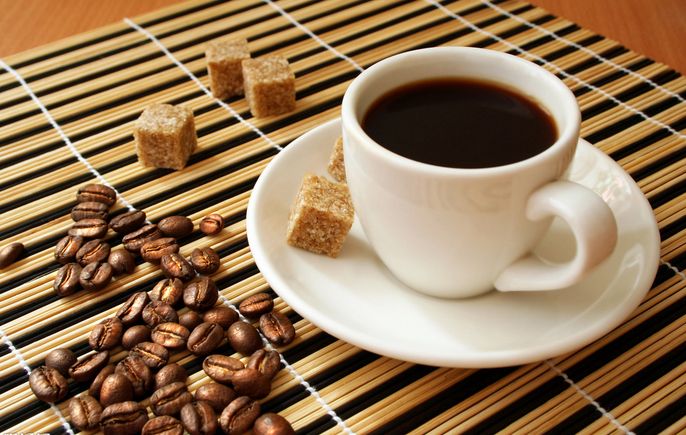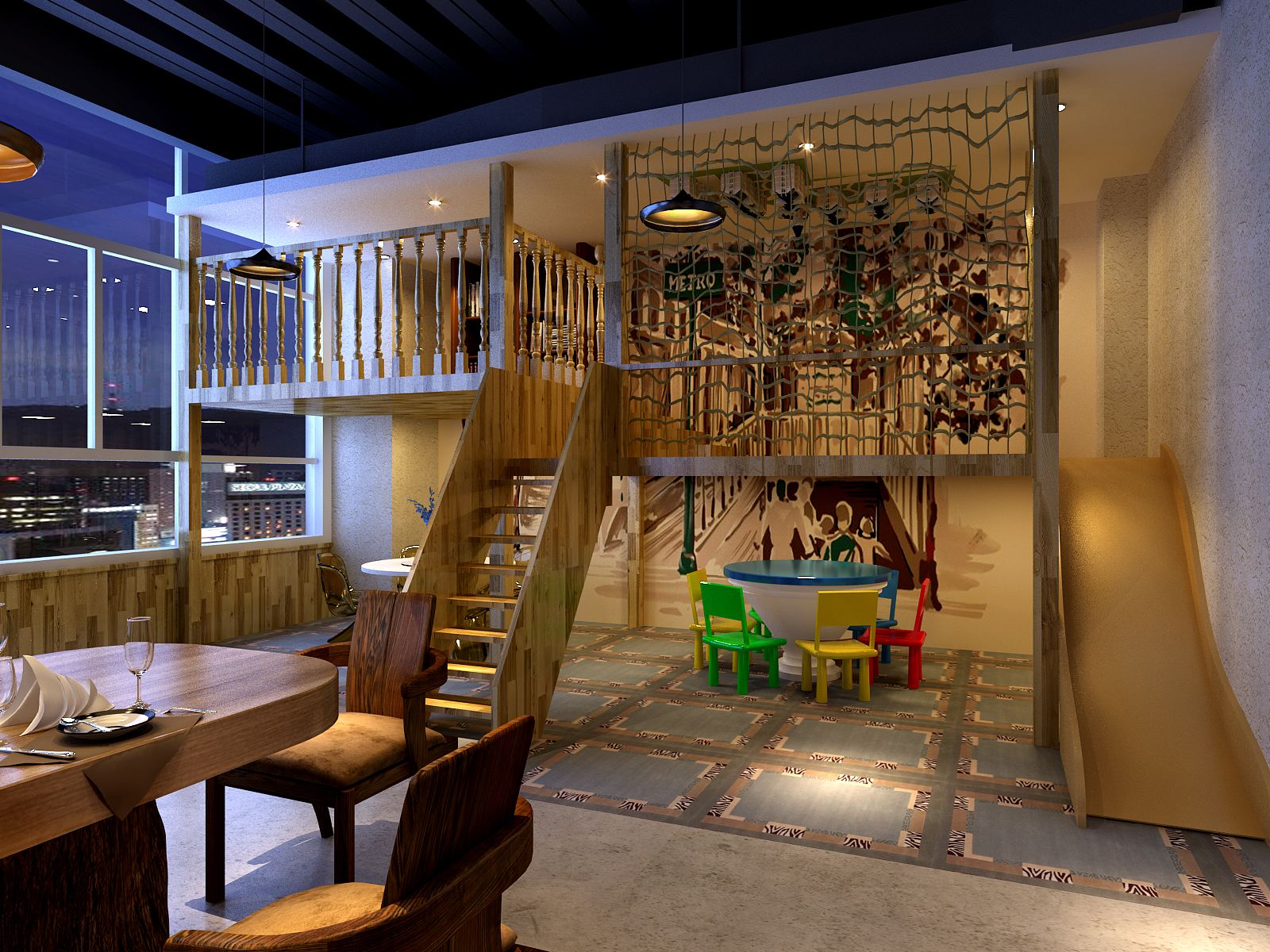There are still many problems behind the popularity of Korean coffee, don't blindly follow the trend!
Follow the caf é (Wechat official account vdailycom) and found that Beautiful Cafe opened a small shop of its own.
Korean coffee has developed rapidly in recent years, in addition to well-known brands such as diffuse coffee, coffee and other well-known brands, shanzhai brands are also emerging one after another, blooming everywhere.
There are still many problems behind the popularity of Korean coffee, the cost is high, the pressure is high, and the core competitiveness needs to be further cultivated. What is the current market environment for Korean coffee? Where is the bottleneck? What are the prospects? If you want to open a Korean coffee shop, you should think about it in advance.

First, the authentic Korean coffee is proud and strong, and knockoffs blossom everywhere.
With the exemplary role of excellent Korean coffee such as Man Coffee, Coffee with you and Zoo Coffee, there are many fake Korean coffee brands on the market. These "counterfeits", which were established in less than two years, also quickly won the favor of the market.
Why can shanzhai be so popular? Because orthodox Korean coffee brands are generally proud and strong in store expansion, there are many "overlord clauses".
Korean coffee brands are generally expensive to join, and most of them also require holding franchisees, such as Man Coffee, which requires franchisees to have the strength to develop multiple stores.
In this way, it blocks many coffee investors who want to invest in Korean coffee brands, but do not have the financial strength, so these fake Korean coffee brands emerge as the times require.
They imitate the same old elm furniture tables and chairs as Man Coffee, the same decoration style, the same product model, the same empty space, the same persimmon trees, and even the same bears!
The number of these copycat brands is no less than that of authentic Korean coffee brands.
Second, Korean coffee "unifies China"? It's hard!
The emergence of many copycat brands does show that Korean coffee brands are popular all over the country, but it is undeniable that Korean coffee brands still lack real core competitiveness in the Chinese market in the process of rapid development.
China has a huge land area and great differences in regional consumption habits. I often say that the consumption habits of Beijingers may never be the same as those of Sichuan people. In South Korea, Korean coffee brands, which have many competitive advantages over Starbucks, may not be popular in China.
Quite simply, the Chinese market is too big. In South Korea, there are never as many dialects as China, with such complex eating habits.
Coffee culture in Europe and the United States is not so easy to assimilate the Chinese coffee market. It is too early and difficult to unify China with the attack of Korean coffee culture.

Third, Korean "little tricks" are not easy to work for a long time.
The core competitiveness of Korean coffee in South Korea is relative to Starbucks and other European and American cafes, such as a more comfortable environment and more leisure, especially for female customers. Delicate Korean coffee makers also set up sweeter drinks suitable for women and bread pastries baked on the spot.
However, these "tricks" can only work in China in the short term.
Because the environmental atmosphere of the cafe can be achieved through designers, Chinese coffee investors, who are not short of money, can hire excellent designers to create a more comfortable and leisure consumption environment than orthodox Korean coffee. Those so-called muffin toast or sparkling water, matcha latte, is not really a novel thing.
Nowadays, with the increasing flow of online information, it is not difficult for us to obtain these product formulations, not to mention that in the past two years when Korean coffee has expanded rapidly, we have not known how many employees have flowed out and the so-called product formulations circulated through various channels, true or false.
Fourth-and third-tier cities, please carefully introduce Korean cafes
In the final analysis, the product structure of Korean coffee is too simple for Chinese people who have more diversified consumption habits and eating habits.
The product structure of "coffee + sparkling water + ice cream + ice cream + muffins + Toast" has a per capita consumption of 50 or 60 yuan. One or two hundred people enter the store a day, and the turnover is less than 10,000 yuan. This kind of operating cost is a bit difficult for those third-and fourth-tier cities that do not have enough coffee shops.
If the operating area is too large, the rent pressure is too large, or the investment is too high, not only the daily operating pressure is great, but also the capital recovery period will grow a lot.
Related readings:
Can you lose weight by drinking coffee? More and more people question this claim. In fact, the idea of losing weight with coffee is based on the following possible factors: (1) increased metabolic consumption (2) diuretic effect. But through the following analysis, we will see that coffee does not have the effect of losing weight.
As for point (1), I would like to say that a small amount of caffeine in the right amount of coffee can really excite our nerves and improve the body's endurance in a short period of time. However, there is no authoritative evidence or research to show that caffeine actually increases metabolic consumption. The University of California Biomotor Lab conducted an experiment on coffee and weight for 12 years, and the results showed that participants who drank coffee gained only 1 pound less than those who did not drink coffee.
As for point (2), by using the diuretic effect, we do lose weight by draining water out of the body, but this is not weight loss. Maybe we drink a few glasses of water and the weight comes back. The purpose of losing weight is to lose excess fat, not to lose water.
Correspondingly, instant coffee is now the easiest to buy, and the added sugar and other ingredients are the source of calories. Drinking a lot of it doesn't help you lose weight.
There is no solid scientific foundation for coffee to lose weight, so it is not appropriate to use it as a way to lose weight.
Coffee itself contains basically zero calories, but if milk and sugar are added to the coffee, it will increase the amount of fat and sugar in the body. There are about 4 kilocalorie calories in a gram of sugar. Generally speaking, the sugar bar added to a cup of coffee is about 2-8 grams, which produces 8-32 kilocalorie. In other words, if you drink five cups of coffee with sugar a day, it is equivalent to consuming 40-160 kilocalorie sugar.
Plain coffee refers to the kind that contains no additives except coffee and water, while black coffee is just one of many varieties of coffee. Plain coffee doesn't really help you lose weight. Drinking a cup of hot coffee before a meal can also have the effect of suppressing appetite. In addition, drinking before going to work, shopping and work can easily achieve the effect of burning body fat.
Important Notice :
前街咖啡 FrontStreet Coffee has moved to new addredd:
FrontStreet Coffee Address: 315,Donghua East Road,GuangZhou
Tel:020 38364473
- Prev

College students start a business and open a cafe to sell coffee, making money from their studies.
There is an inconspicuous shop on Baosheng Avenue in northern Chongqing, but there is a different place in it: rows of bookshelves, exquisite handmade snacks, freshly baked coffee, and regular movie appreciation activities are held here in addition to book tasting. The store was founded by four young people while in college, and now they have opened two other branches. I only sleep five hours a day while starting a business in class. This is called Bean Sprout Coffee.
- Next

How Starbucks made Chinese blood turn brown
When Howard Schultz (Howard Schultz), chairman, president and CEO of Starbucks, appeared, he routinely drew cheers and whistles from 1200 employees at the scene. Among the 300000 Starbucks employees around the world, he is an idol, not only because of his business miracles, but also because he adheres to the concept of sharing and respect within the company.
Related
- What documents do you need to go through to open a coffee shop? coffee shop coffee shop certificate processing process
- How to purchase Coffee beans in small Cafe how to choose a suitable supplier for domestic Coffee supply Company
- How to drink Starbucks Fragrance White Coffee? how to make Australian White Coffee? what Italian coffee beans are recommended?
- The Story of Flora Coffee: the name of Flora Coffee Bean and the implication of the Flowers on Florna Coffee
- How much does a cup of coffee cost? How much is the profit of a cup of coffee? What is the profit of the coffee shop in a year?
- Yunnan small Coffee, known as "fragrant Coffee", introduces the characteristics of Alpine Arabica Coffee producing areas in Yunnan, China
- 2023 latest Starbucks full menu price list how much is a cup of Starbucks coffee what is better to drink the most popular hot and cold drinks recommended
- Starbucks different kinds of Coffee Price list Starbucks menu 2023 Top Ten Best drinks in Starbucks
- Starbucks Spring praise Comprehensive matching Coffee Bean theme Story Packaging implication and taste description
- The cost of a cup of coffee latte American coffee cost price and selling price

